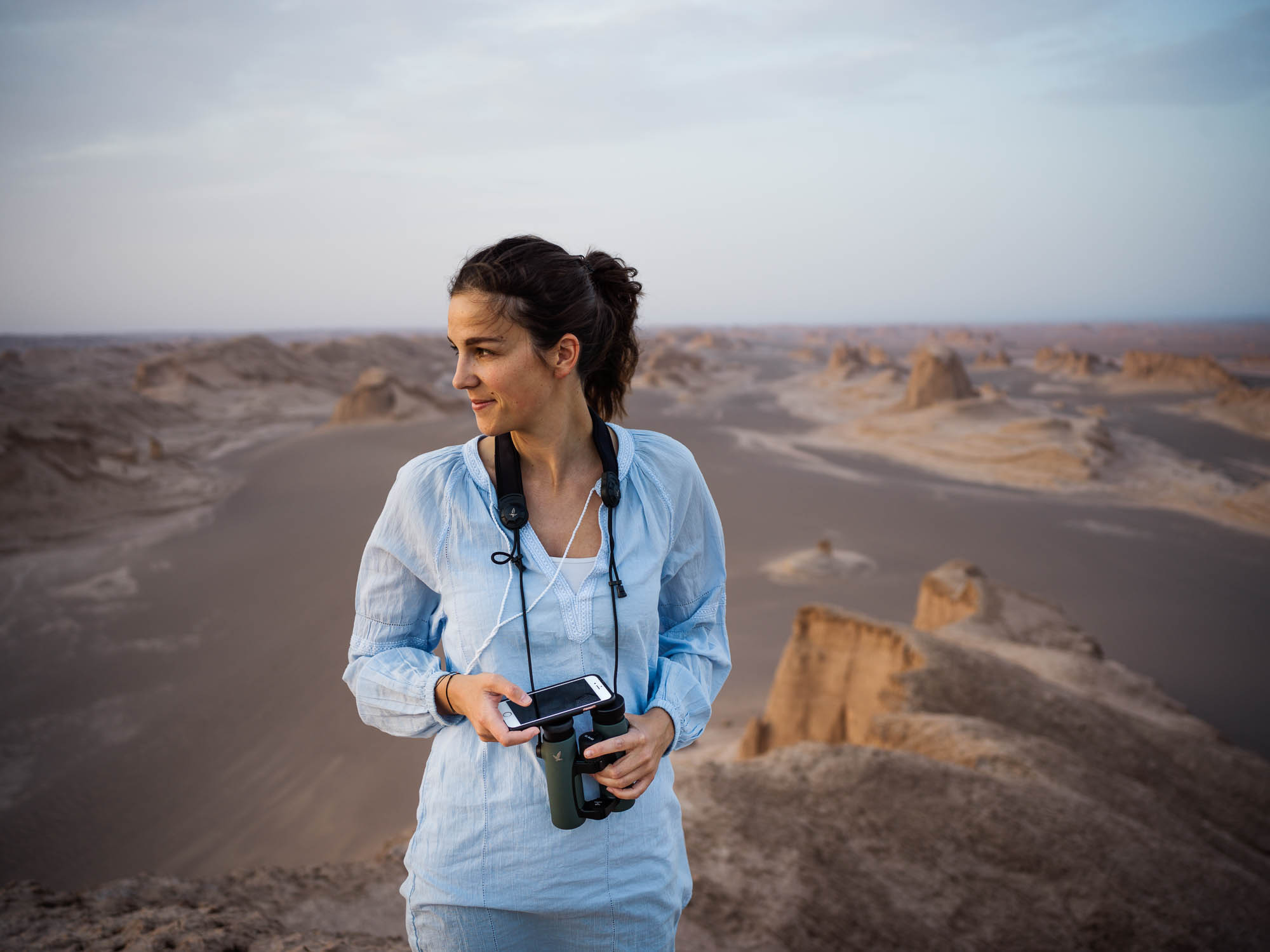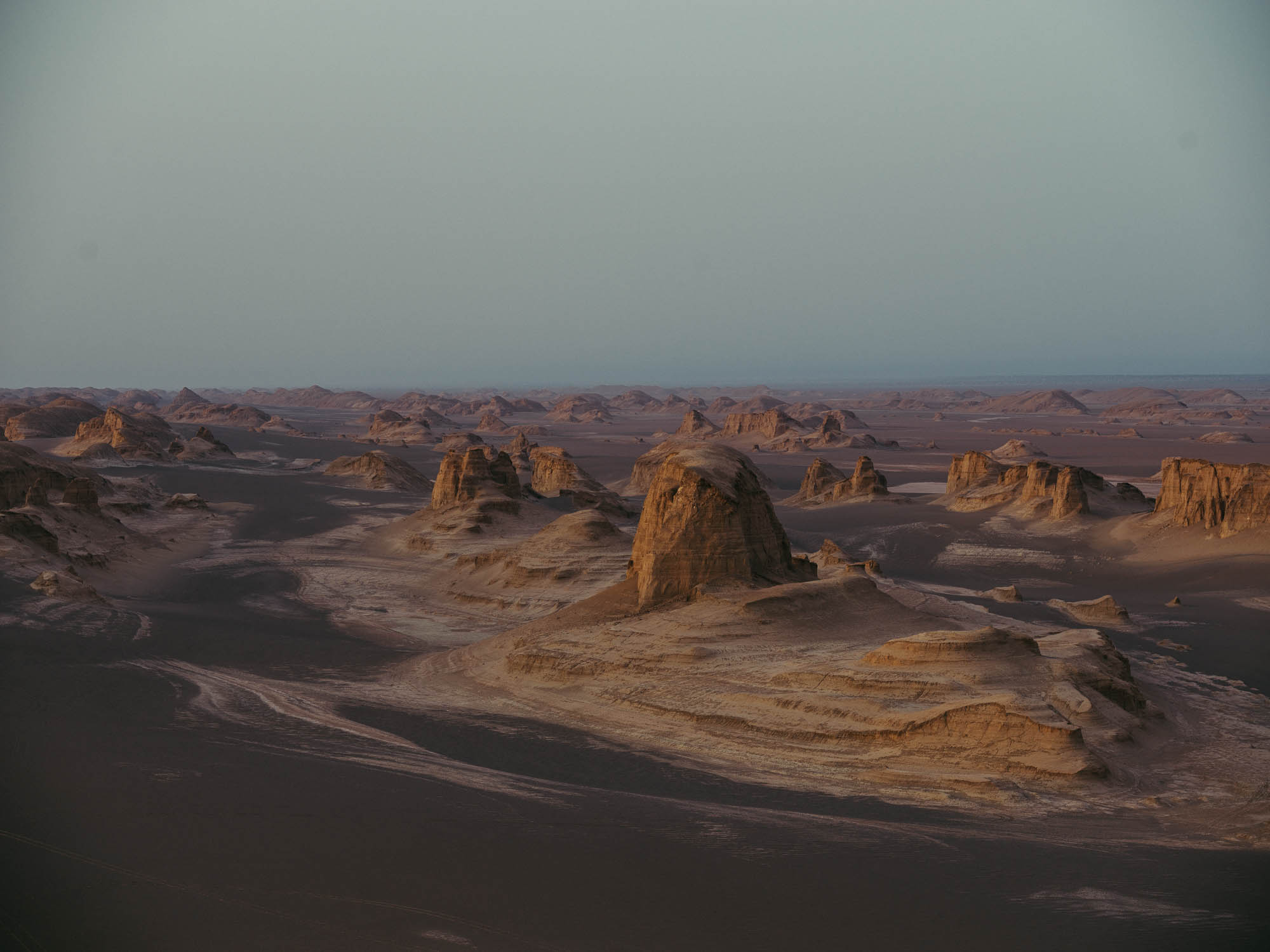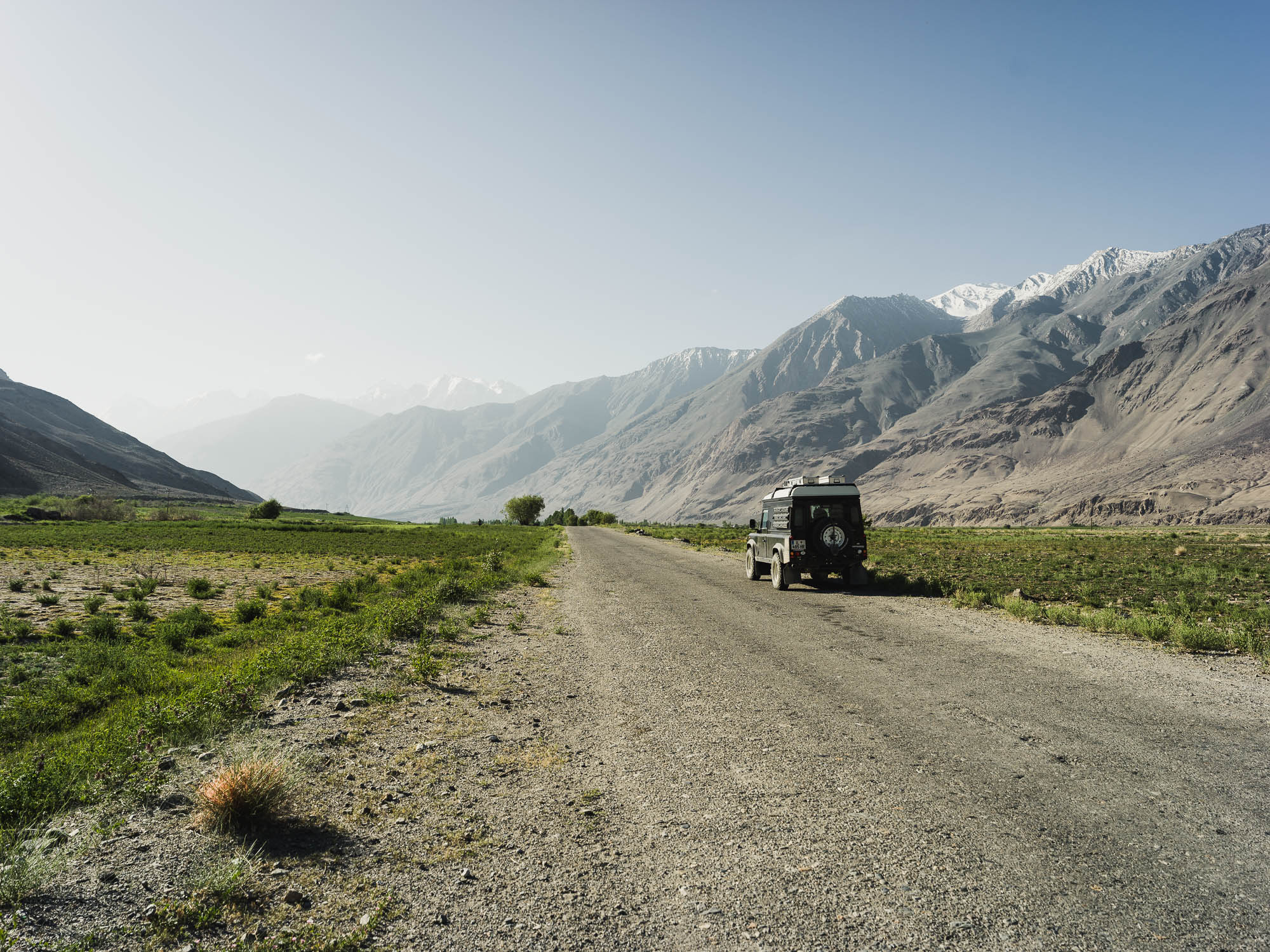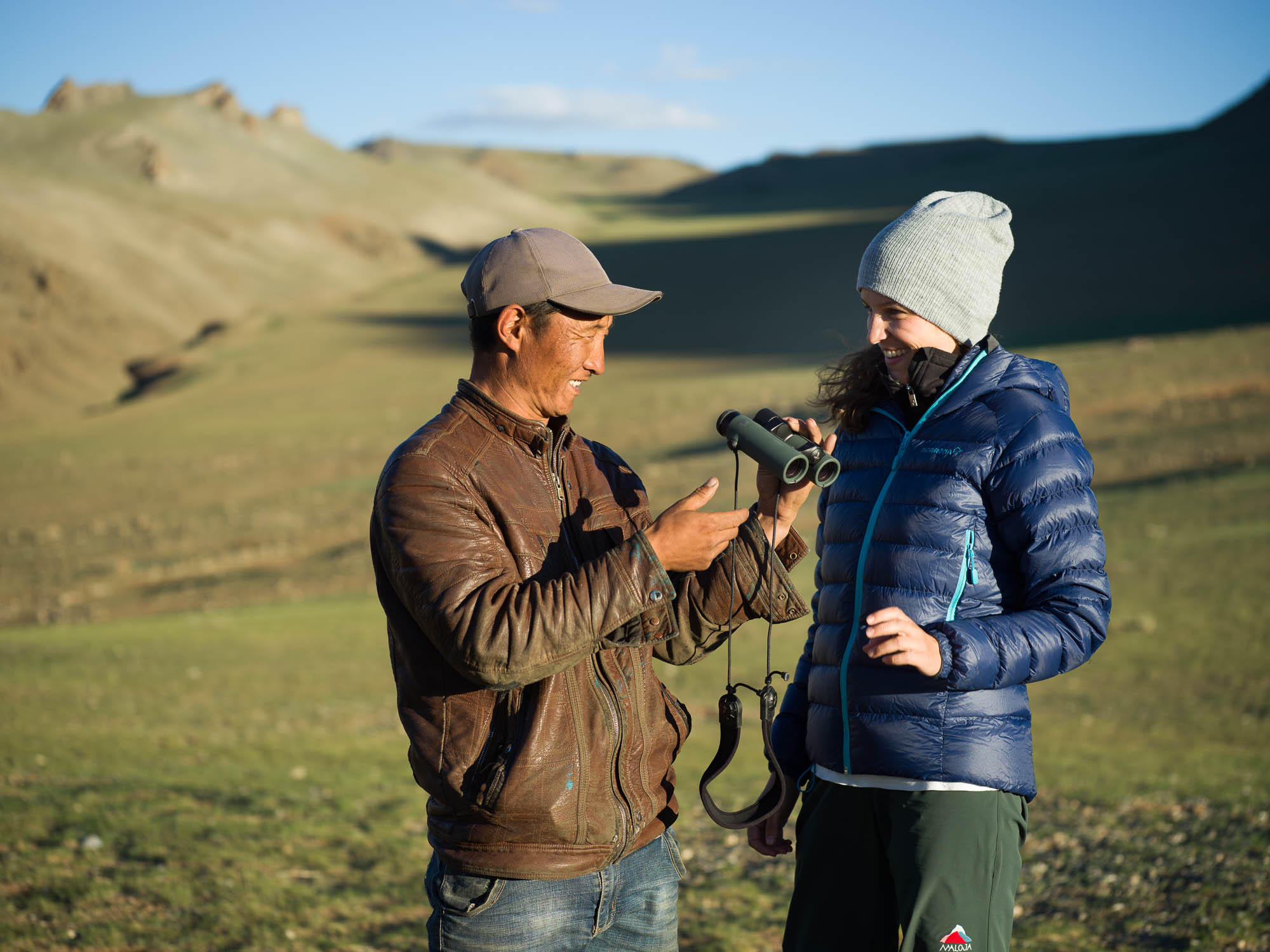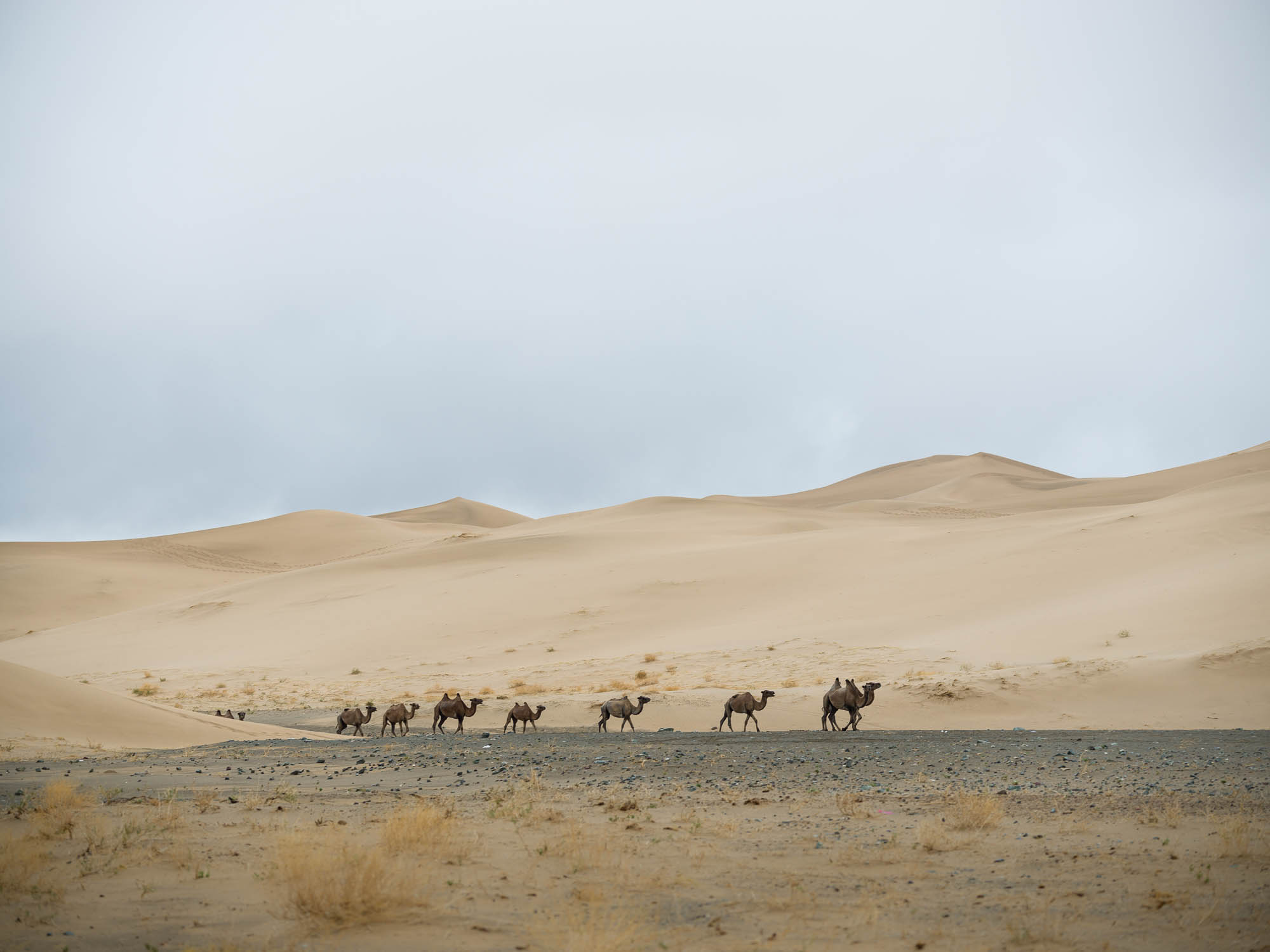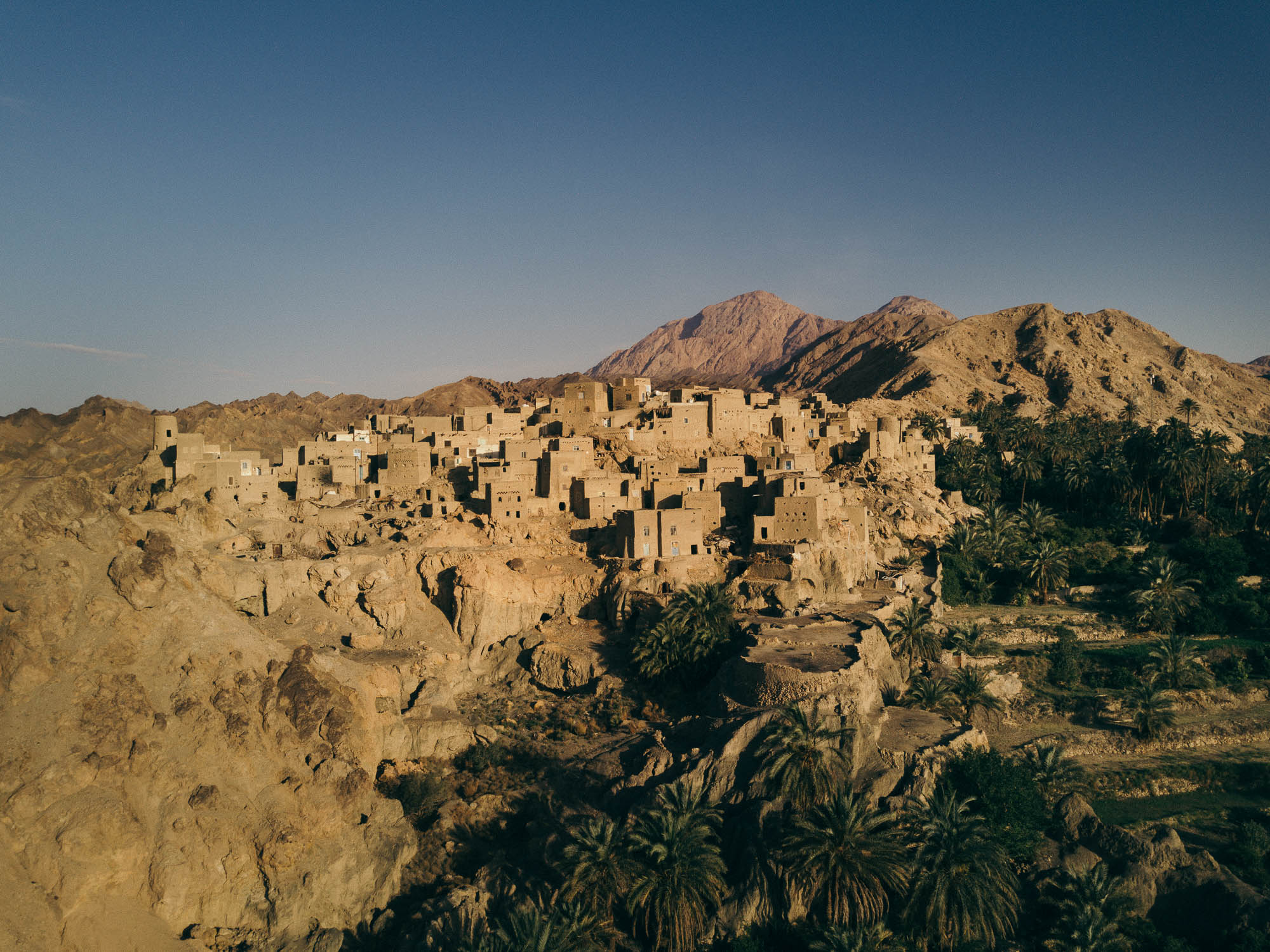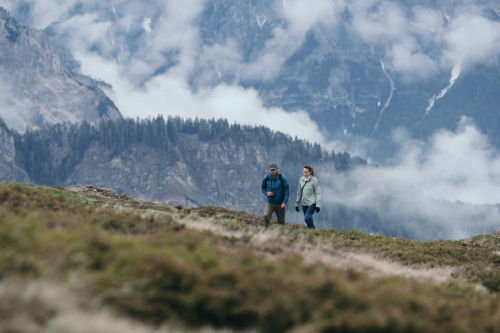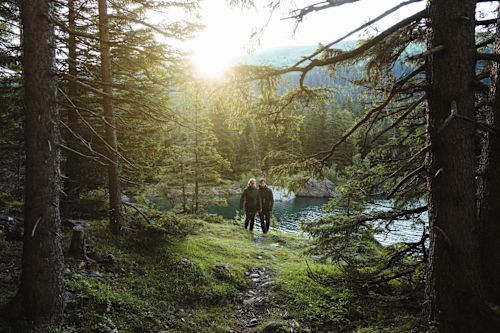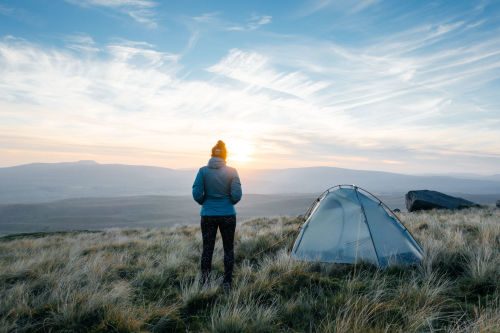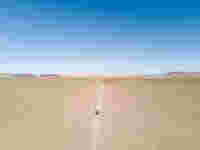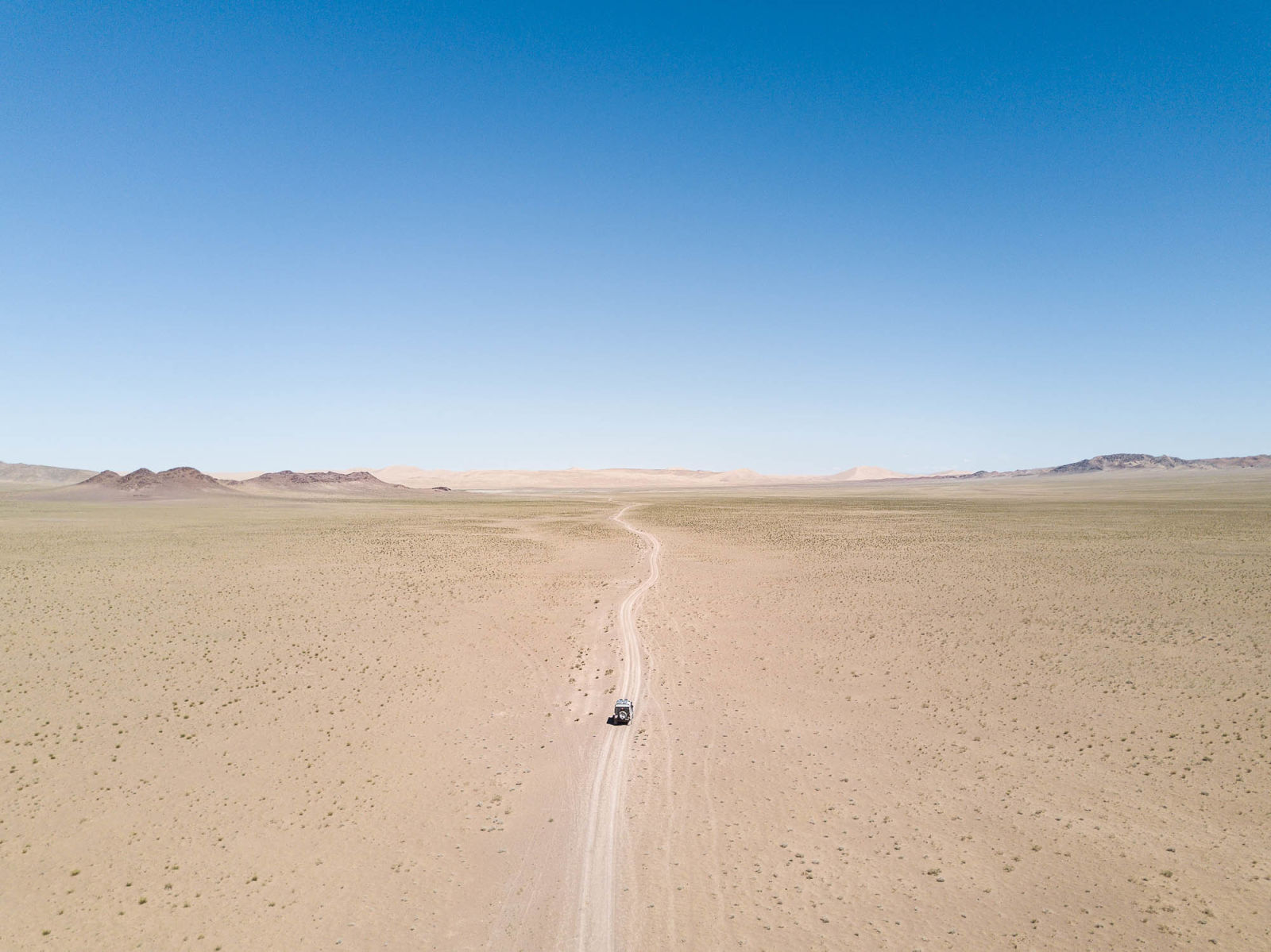Travelling through countries of the former silk road, photographer Andre Schönherr made a childhood dream come true. The value that binoculars added to the journey was just one of many surprises.
A decidedly visual person, Photographer Andre's thumbs busily swipe from image to image as he searches for the perfect picture to encapsulate the feeling of standing on a precipice before a vast open space. The countries along the erstwhile Silk Road are legendary for their expansiveness, but how can he best describe the scene? Surely there is a picture somewhere on his smartphone worth 1000 words.
The plan was never to travel the Silk Road in a classical sense. The idea grew over many years and became more tangible the more the dream was shared: first with his childhood friend, who would help him get the Land Rover as far as Turkey, and then with his girlfriend, Kathrin, who would help him navigate from Iran to Mongolia overland.
“In the end, however, nothing is really as you imagine it,” says Andre of their trip. “Along the way, it was the things we hadn’t expected that left the most lasting impressions.”
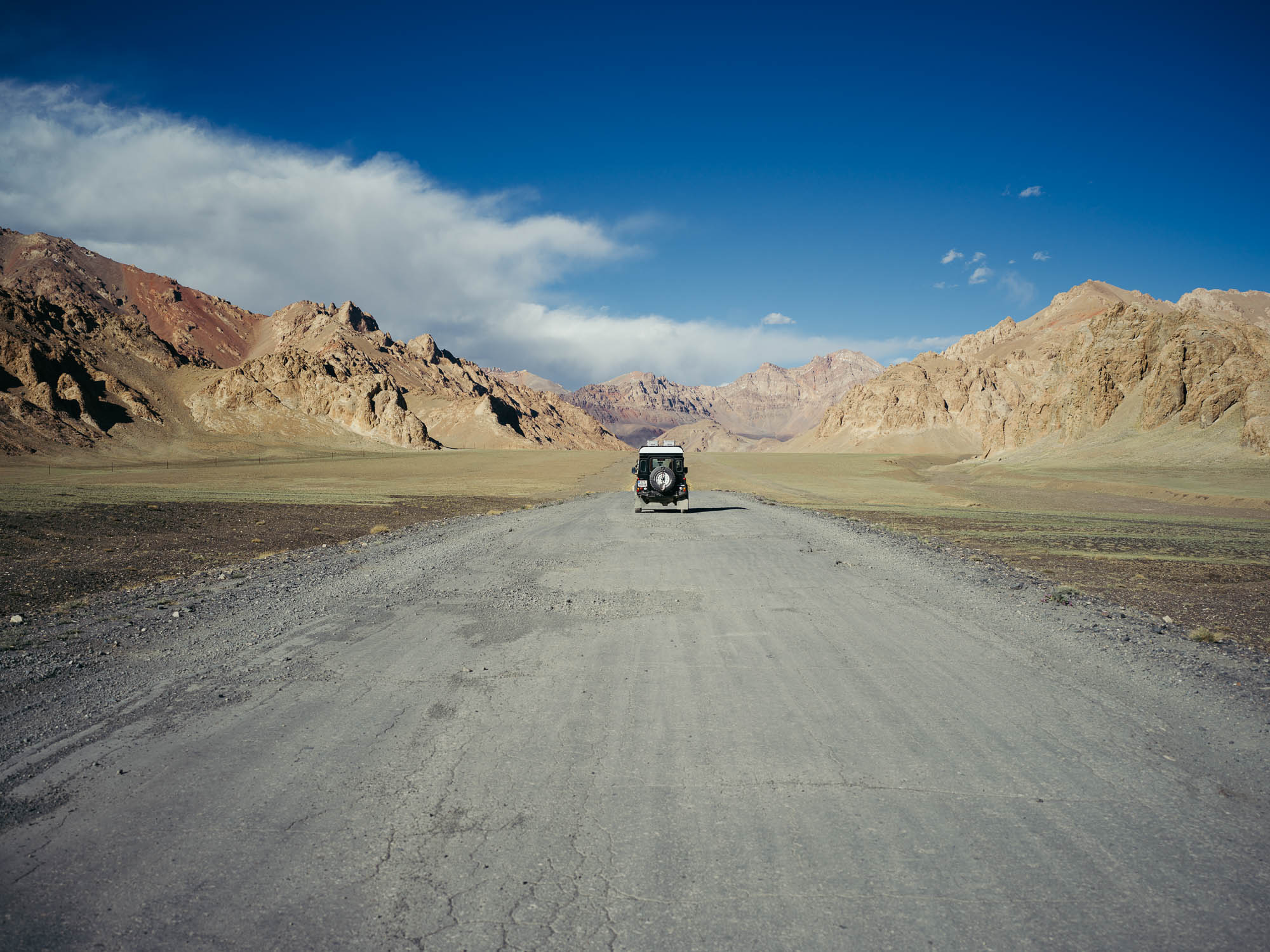
Andre remembers vividly an experience from the Wakhan Valley in Tajikistan. Across the valley divide was Afghanistan:
PEERING ACROSS AT A SEEMINGLY FORBIDDEN COUNTRY WITH MY BINOCULARS, I COULDN’T HELP BUT TAKE A CLOSER LOOK, WONDERING ALL THE WHILE IF THE PEOPLE AND PLACES ON THE OTHER SIDE WERE REALLY SO DIFFERENT.
So much of travel is visual and emotions underscore experiences, which is why some scenes become more deeply ingrained: desert landscapes, far-away glacier peaks and horses grazing upon wide-open plains.


For Andre and Kathrin, binoculars added another dimension to these experiences. Visiting some of the iconic attractions of the Silk Road, binoculars helped them zoom in on interesting architectural features, and even to take pictures with a special adapter and their smartphone. Suddenly in focus were the camels, gazelles and enormous vultures, the truly iconic animals of this region.
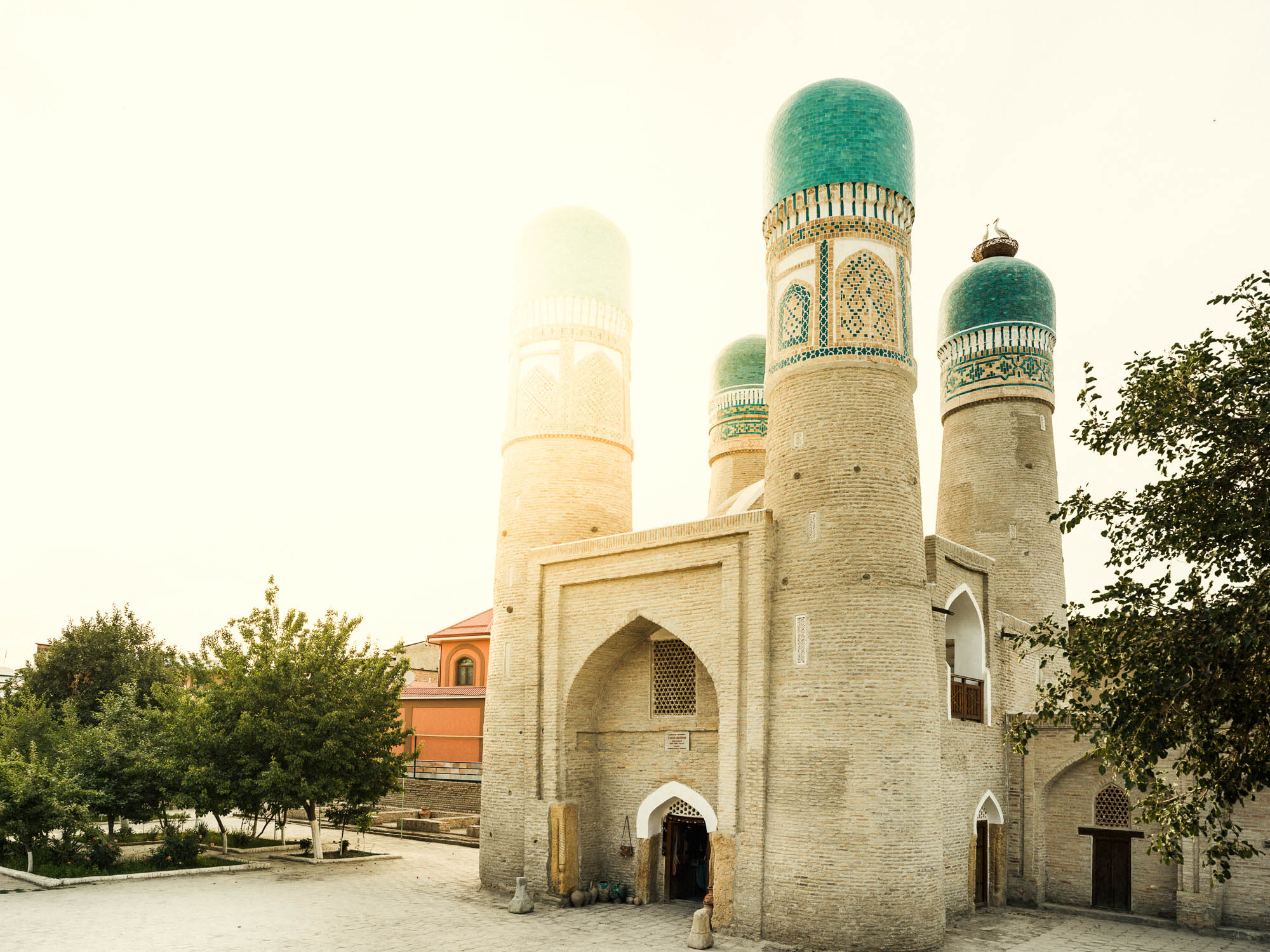
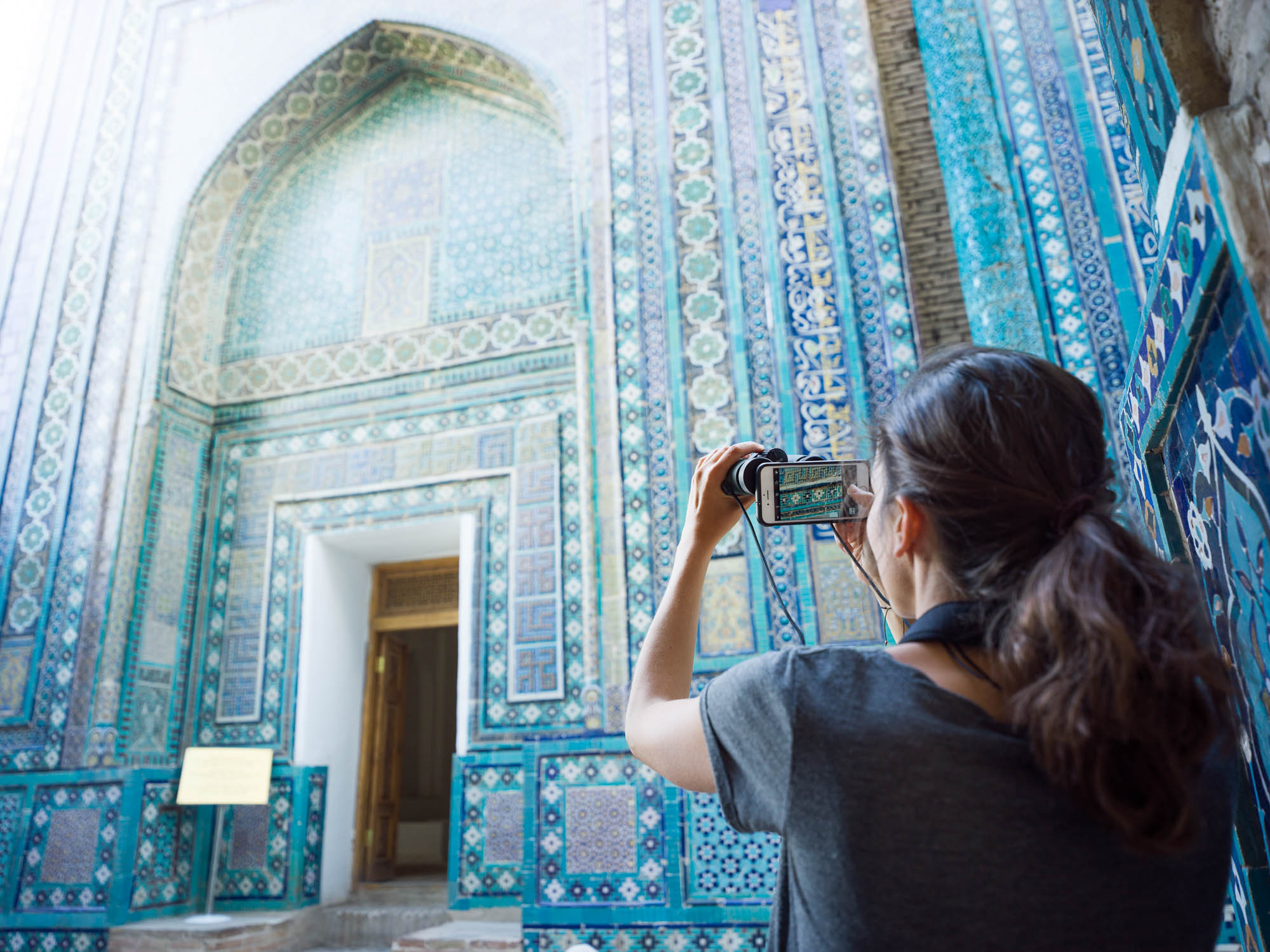
“The sense of space you have in these landscapes is enormous. It’s not possible to ascend every peak or to set out across a lonely desertscape. But with binoculars you can zoom in to find the hidden details and more fully enjoy all that a single vantage point has to offer.“
The value of binoculars during their long journey was far more personal however. Binoculars were a conversation starter, an icebreaker. While shepherds often had binoculars themselves and would use them to keep an eye on their herds, Andre found that sharing his own binoculars focused the conversation on something two cultures had in common. And, as the trip progressed, the use of binoculars became more and more natural, and indispensible.
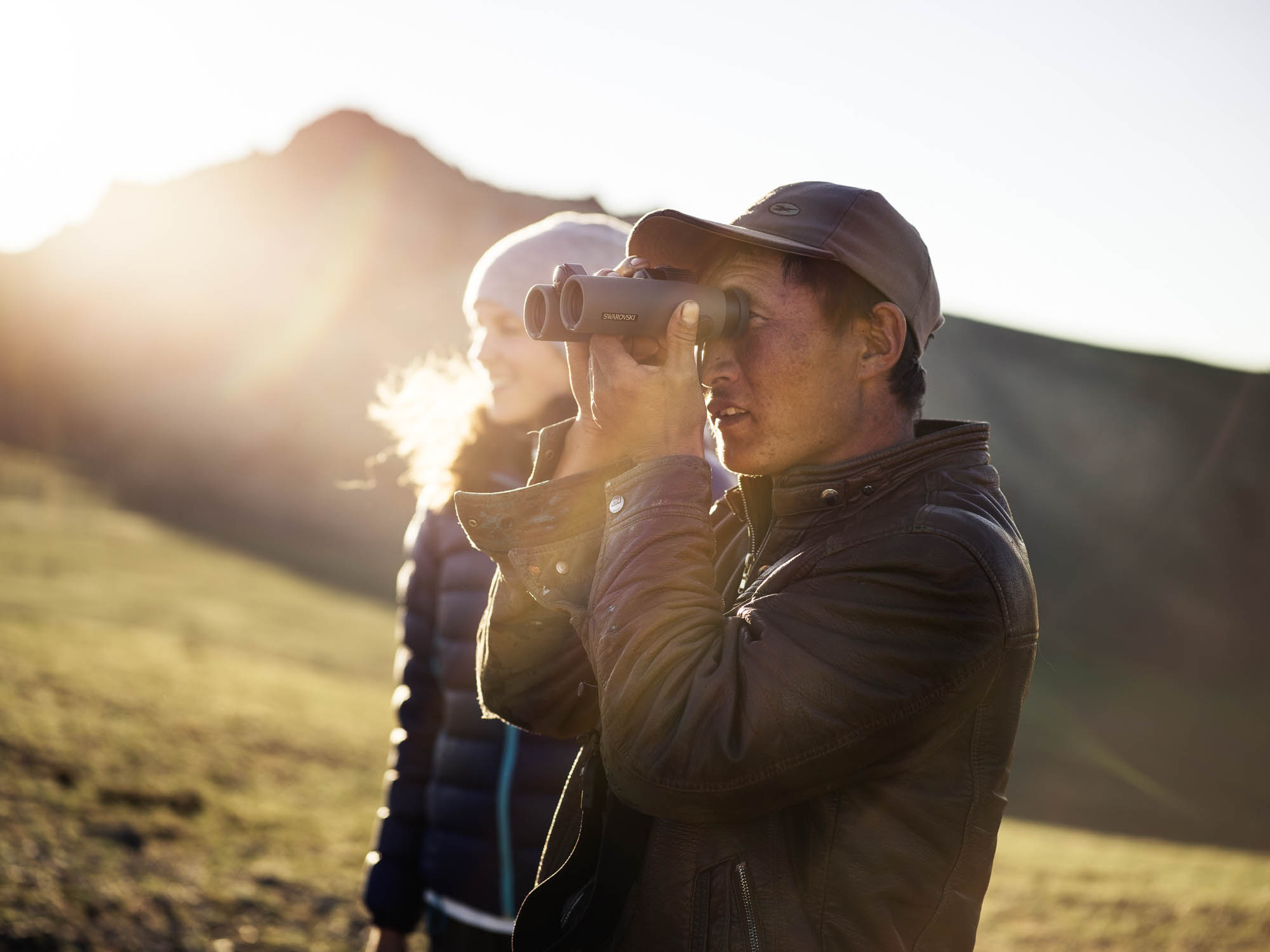
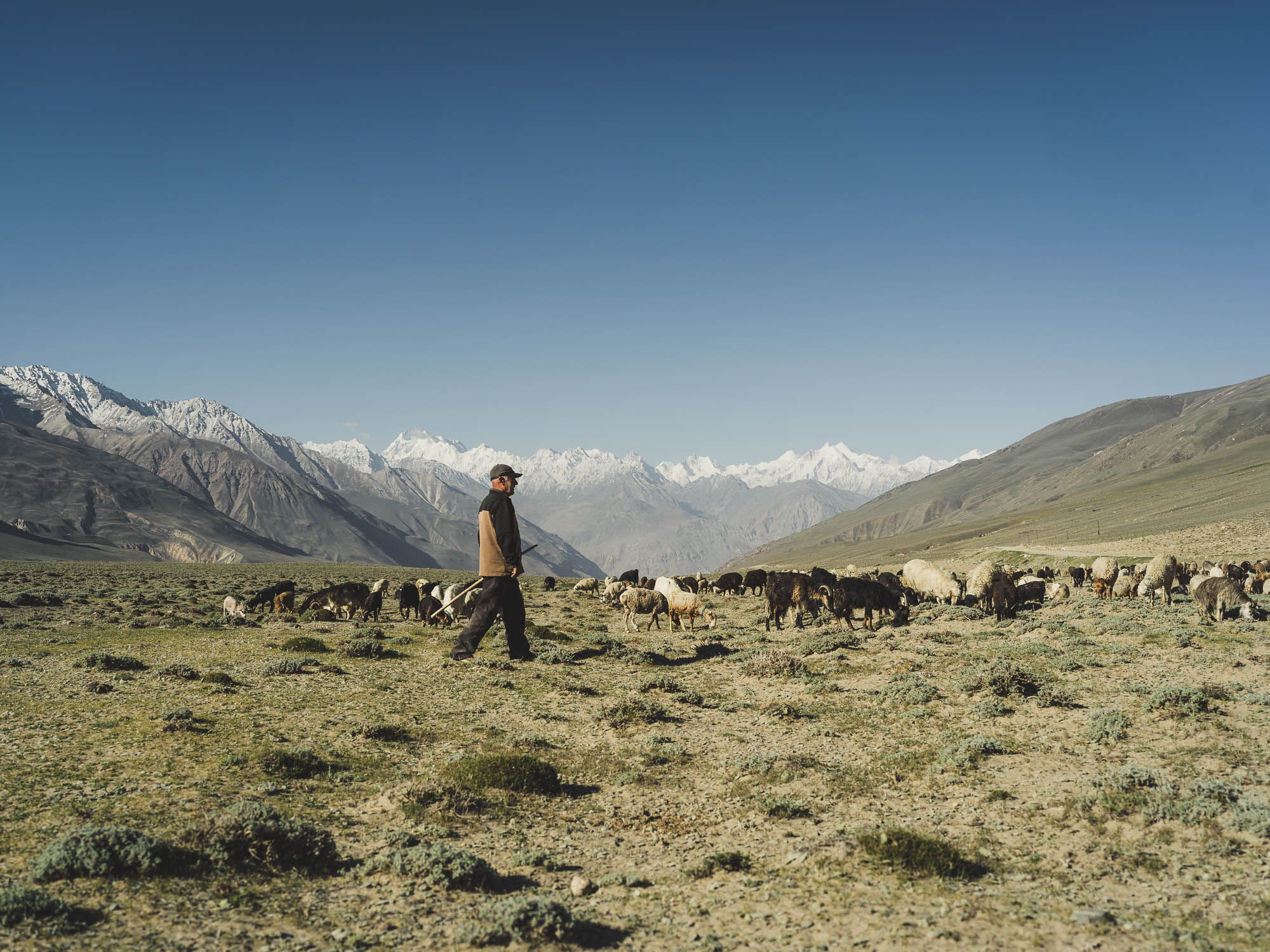
IT’S HARD TO DESCRIBE JUST HOW MUCH VALUE TRAVELLING WITH BINOCULARS ADDED TO OUR JOURNEY. THE DIFFERENCE IN WHAT YOU CAN SEE AND EXPERIENCE IS LIKE THE DIFFERENCE BETWEEN A NORMAL MOVIE THEATRE AND IMAX.
Prior to their long overland expedition, Andre had never travelled with binoculars. They occupied a comfortable niche in the center console of his car, a habit he inherited from his grandfather, a hunter in the mountains of Tyrol. Andre would use them to check out a distant Ibex or to watch the ascent of a climber. Somewhere along the way, however, binoculars made the transition from the center console to the daypack, proving to be indispensible in the vast open spaces of Central Asia.
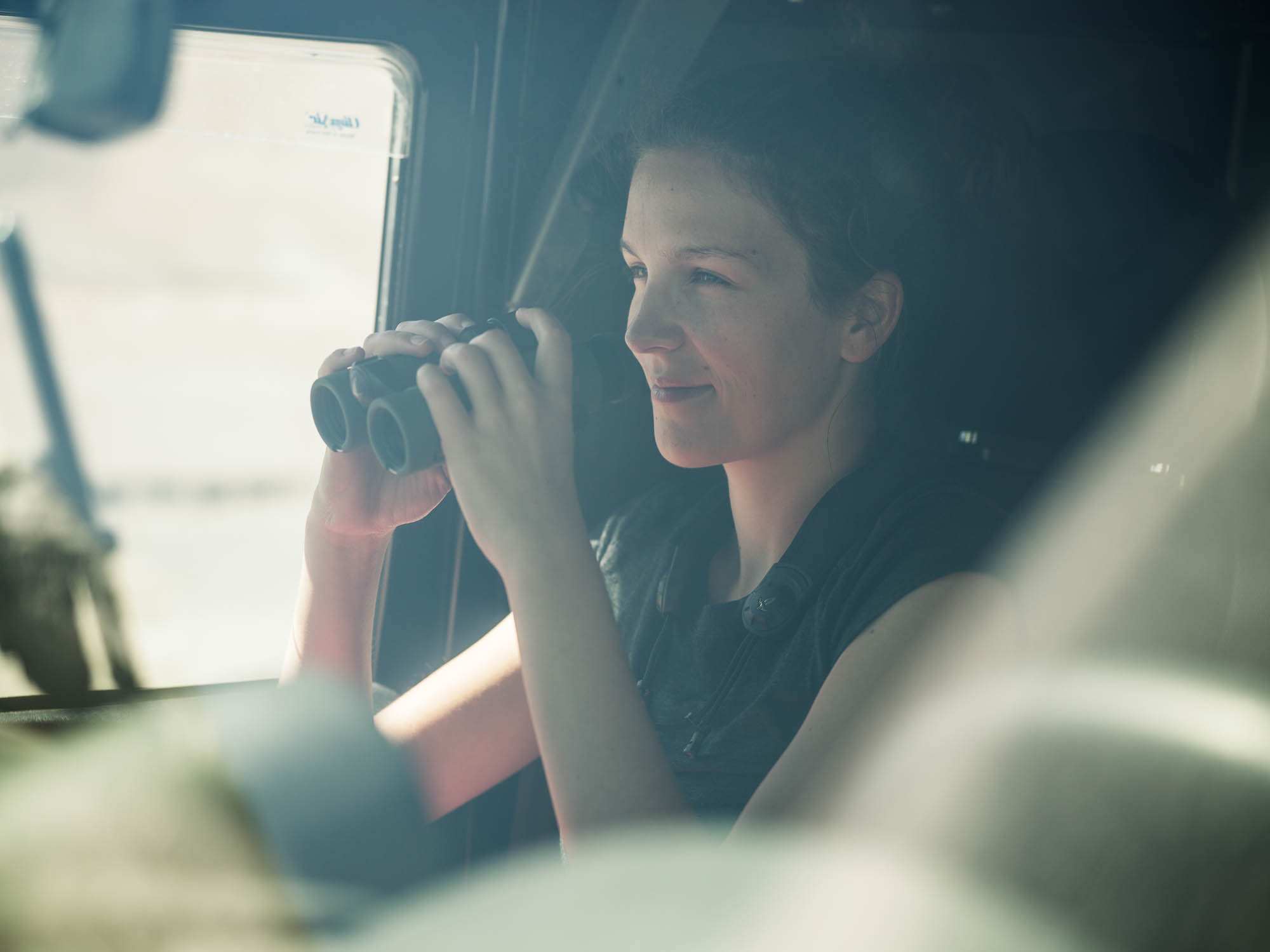
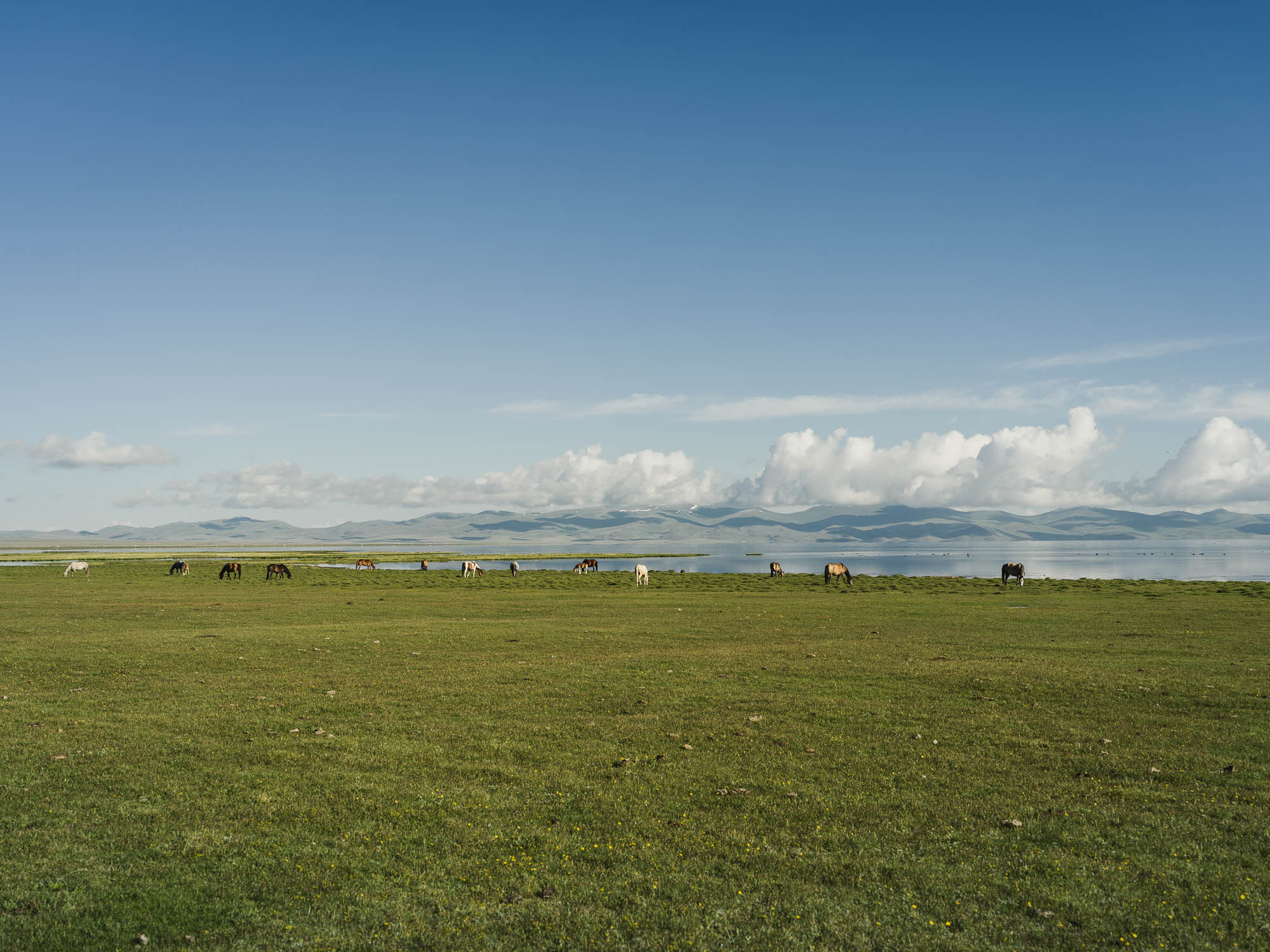
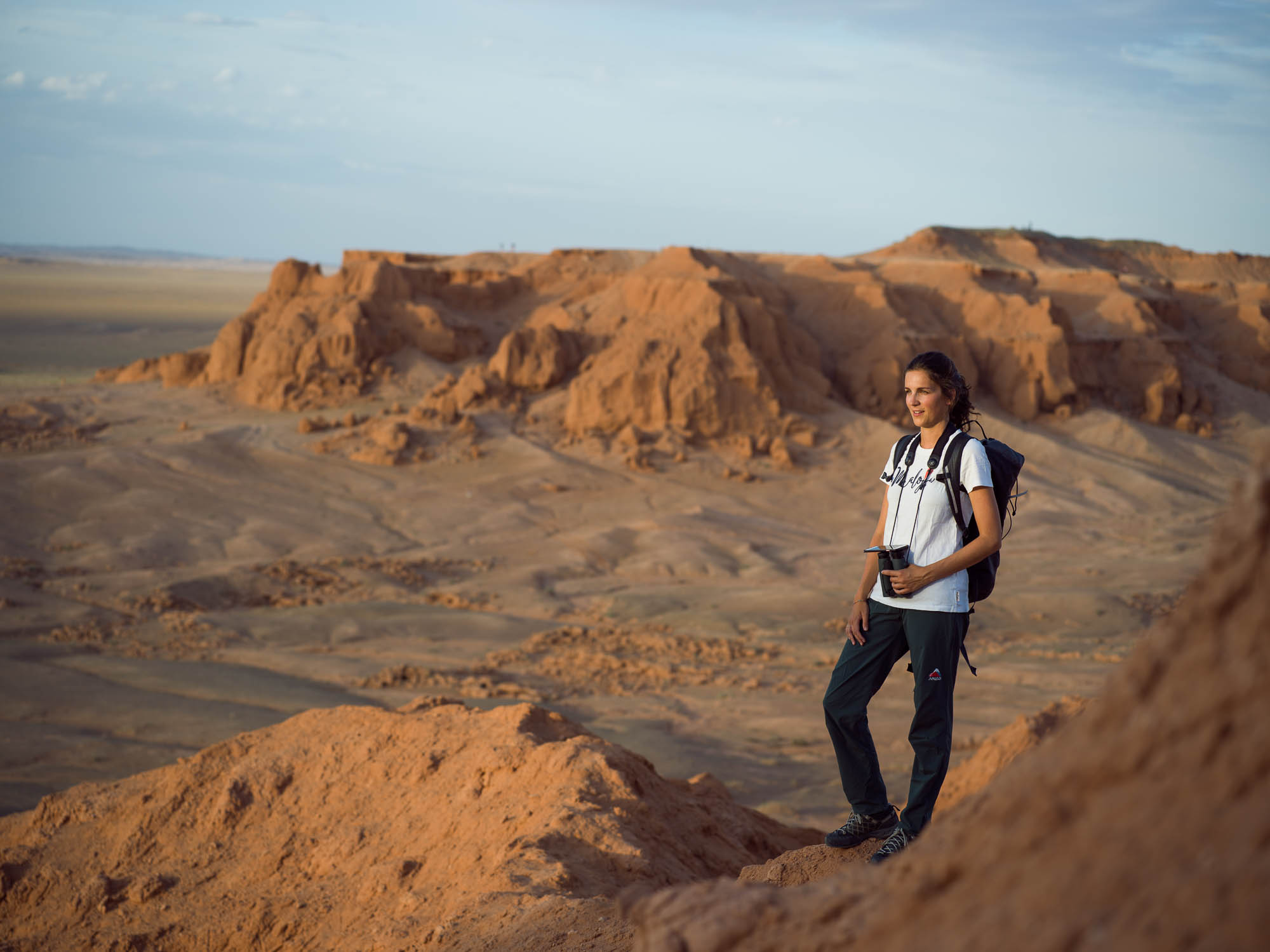
“My girlfriend and I both became so used to having them with us,” says Andre. “In the car we used them to navigate as we searched for a turnoff far in the distance. Soon we were using them every day to spot a distant object or take a picture to share on our smartphones. With binoculars you aren’t left wondering if you missed something. Instead you can have closer look.”
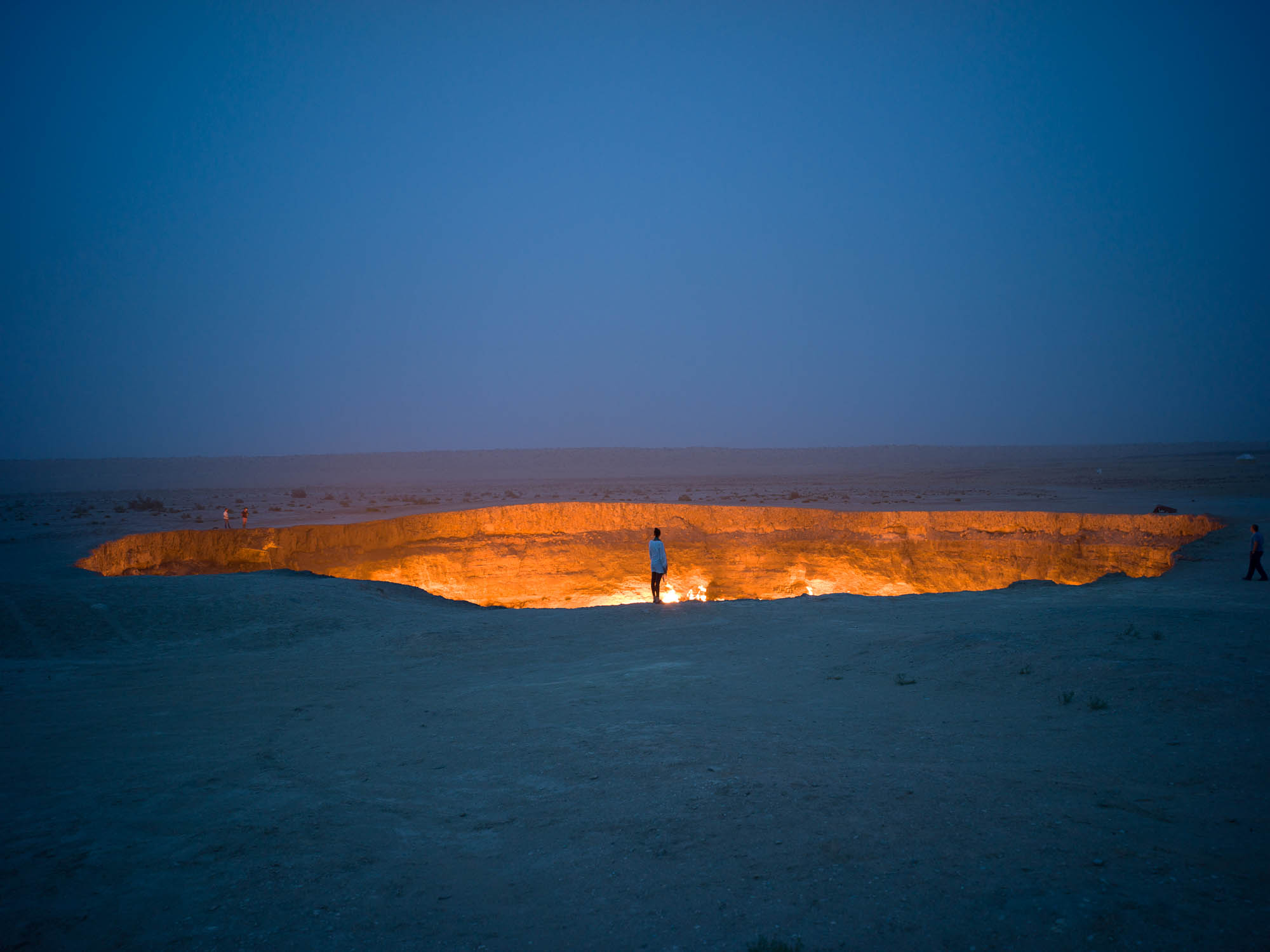
Andre Schönherr is a commercial sports and outdoor photographer from the Stubaital valley in Tyrol.
